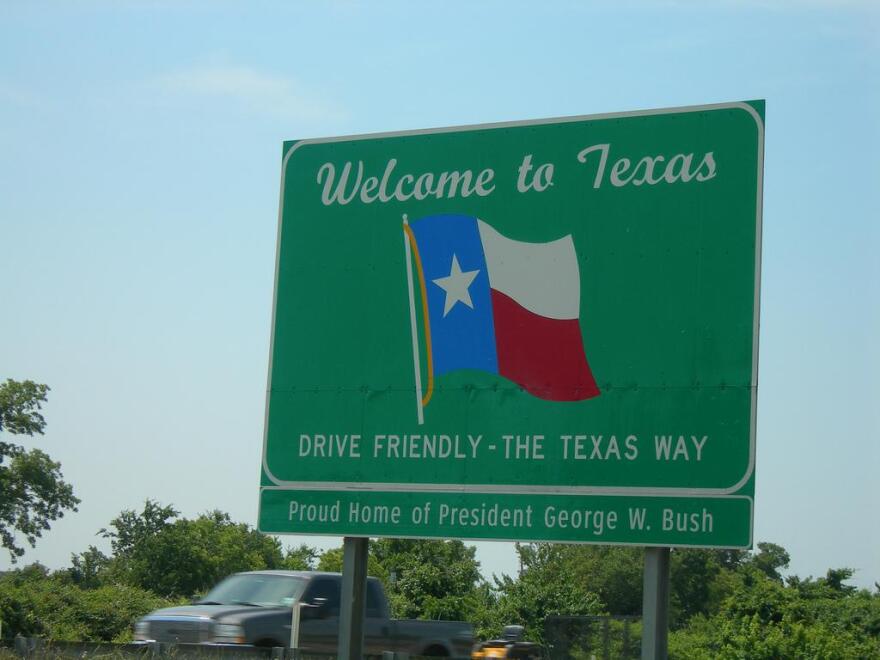Did you know Saturday is World Population Day? Well, now you do.
We thought this was a good time to explore the changing Texas population.
Texas’ 1 million club
Three Texas cities have at least 1 million people: Dallas, Houston and San Antonio.
Those cities keep getting bigger -- they each saw some of the biggest population gains in the country between 2013 and 2014.
The U.S. Census Bureau says they each added more than 18,000 people during that one-year period.
Two other large Texas cities also added at least that many folks: Fort Worth and Austin.
(This is all based on the number of people, not percentage.)
That means five of the 10 cities across the country with the biggest population gains are right here in the Lone Star state.
Smaller cities are growing, too
Five of the country's 10 fastest-growing cities -- based on percentage -- are in Texas.
They include San Marcos, Georgetown and Conroe. And the other two are right here in North Texas – Frisco and McKinney in Collin County.
The growth there has been phenomenal.
In 1990, about 6,000 people lived in Frisco. Now there are about 145,000 people.
How many Texans?
In 2014, there were nearly 27 million Texans. That's up from 21 million in 2000, and 17 million in 1990.
The growing Hispanic population
Hispanics make up 38 percent of the Texas population, the Census Bureau says. About 44 percent of Texans are white. 12 percent are black and 4 percent are Asian.
But the Hispanic percentage continues to grow. Some experts estimate Hispanics could become the majority in Texas as early as 2036.
About World Population Day
World Population Day is Saturday. The , including people displaced by crises around the world, from natural disasters to conflicts within countries.
A group called Population Connection has with a video and a timeline that explores population growth over 2,000 years. The site also shows milestones and inventions that altered population history, including the flush toilet, created way back in 1775.





